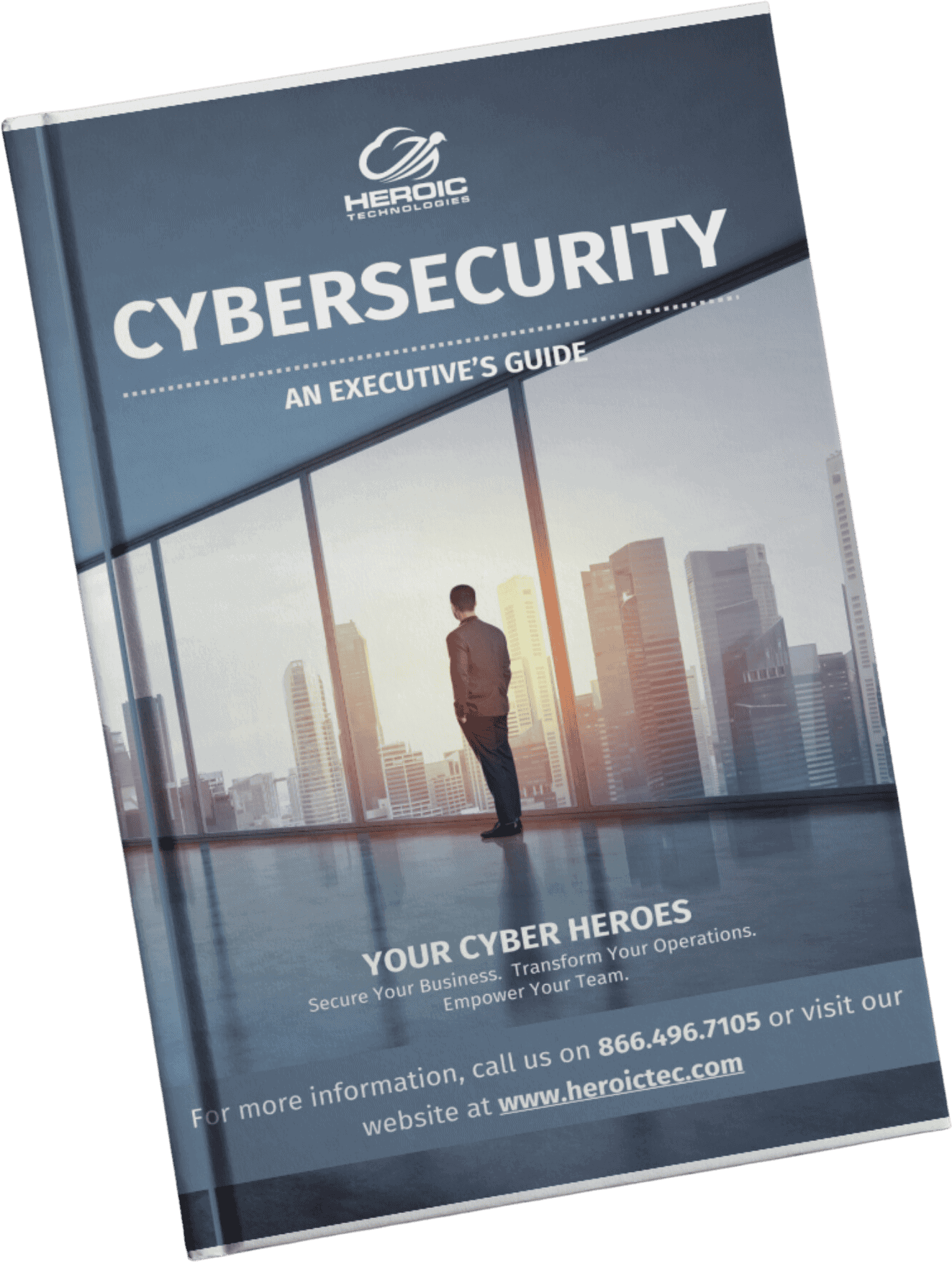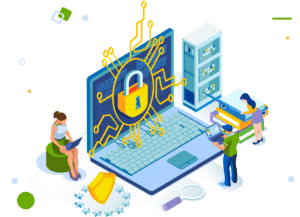The Cost of Cybersecurity Breaches for Law Firms: Why Prevention is Key

Cybersecurity breaches have become one of the most significant threats to law firms today. With sensitive client information, confidential case data, and firm reputation at stake, a single incident can cost millions—not to mention the trust of clients. But here’s the silver lining: while the consequences of cyberattacks are severe, they are largely preventable with the right strategies and tools.
This pillar page explores the key dimensions of cybersecurity for law firms, including practical guidance, essential compliance requirements, and expert tips to fortify your firm from cyber threats.
How Lawyers Can Secure Their Email Communications with Cybersecurity Tools
Your firm’s email system isn’t just another communication channel; it’s also a treasure trove for cybercriminals. Attackers frequently target email platforms to intercept client communications, install malware, or launch phishing attacks.
Steps to Secure Email Communications:
- Adopt Encrypted Email Services: Protect sensitive communications with end-to-end encryption tools. Systems like ProtonMail or Microsoft 365 Defender ensure that intercepted emails remain unreadable to hackers.
- Two-Factor Authentication (2FA): Enable 2FA for an additional layer of security. This step verifies user identity with something they know (password) and something they have (a mobile device or app).
- Regular Security Audits: Routinely evaluate your email system for vulnerabilities to ensure up-to-date defenses.
Why It Matters:
With a growing number of state bar associations mandating encryption for email communications, ensuring secure channels helps maintain compliance and avoid ethical pitfalls.
Dive deeper into more detailed steps in our blog post: How Lawyers Can Secure Their Email Communications.
Is Your Law Firm Cybersecurity-Compliant? Key Requirements for Lawyers
Did you know that a lack of compliance could cost your law firm more than the breach itself? Governing bodies and legal regulators have implemented strict rules to ensure firms handle client data securely.
Core Cybersecurity Compliance Requirements:
- Implement Data Encryption – Courts and regulatory agencies expect confidential data to be encrypted, whether at rest or in transit.
- Adopt Incident Response Protocols – Have a documented and regularly updated incident response plan in case of cybersecurity events.
- Conduct Annual Risk Assessments – Evaluate risk exposure by identifying vulnerabilities and addressing them with adequate safeguards.
- Data Backup & Recovery – Ensure regular backups of all sensitive information to minimize data loss in case of attacks.
Where Compliance Meets Convenience:
By aligning your cybersecurity systems with compliance requirements, you build trust with clients while safeguarding your reputation.
Want more specific regulatory insights? Read our in-depth blog here: Is Your Law Firm Cybersecurity-Compliant?.
How to Prevent Phishing Attacks: Cybersecurity Tips for Lawyers
Phishing scams are one of the most common methods hackers use to infiltrate law firm networks. They prey on busy professionals by imitating trusted institutions, tricking lawyers or staff into revealing sensitive passwords, credentials, or personal information.
Best Practices to Prevent Phishing:
- Train Your Team: Regular employee training ensures everyone can identify suspicious emails, links, or attachments.
- Use Advanced Email Filtering Tools: Solutions like Barracuda and Mimecast can block a majority of phishing emails before they reach your inbox.
- Verify Communication: Set a firm policy of verifying email requests for sensitive information via a secondary channel, such as a phone call.
Phishing attacks thrive on a lack of awareness—but they’re preventable with vigilance and the right tools.
Find out how to make your law firm phishing-proof here: Prevent Phishing Attacks in Law Firms.
Creating a Cybersecurity Training Program for Your Law Firm
Human error is a leading cause of data breaches. Even the best cybersecurity tools are only effective if people within the organization know how to use them properly and avoid risky behaviors. This makes employee training an indispensable part of cybersecurity strategy.
Steps to Build an Effective Training Program:
- Start with a Threat Assessment:
Pinpoint where your firm is most vulnerable to attacks. Customizing the training program to these risks makes the information more relevant to employees.
- Provide Role-Specific Training:
Lawyers, paralegals, and administrative staff have unique data access points. Tailor your training to address the behavior and device use of each role.
- Simulate Real-World Scenarios:
Conduct phishing simulations or mock breaches to help employees recognize and respond to potential threats.
- Offer Continuous Education:
Cybersecurity risks continuously evolve, and so should training initiatives. Schedule quarterly refreshers or bring in experts annually to teach new skills.
Investing time and effort into a cybersecurity training program will pay off in avoiding costly mistakes, maintaining client trust, and ensuring compliance.
Discover the full guide to training your law firm’s team here: Cybersecurity Training for Legal Professionals.
Why Cybersecurity Awareness Should Be a Core Value for Law Firms
The legal industry operates under strict obligations to clients, regulators, and courts. Neglecting cybersecurity is not just a financial risk but also an ethical one that can damage a firm’s credibility for years to come.
By equipping your firm with secure communication tools, meeting compliance requirements, and proactively training employees, you’re not just defending against threats; you’re positioning your firm as a trusted and forward-looking leader in the digital age.
Want professional support? Heroic Technologies specializes in managed cybersecurity services tailored for organizations like yours. Request a Free Consultation and learn how we can help you fortify your firm.Safeguard your law firm from cyberattacks with email security, compliance tips, and effective training programs.







